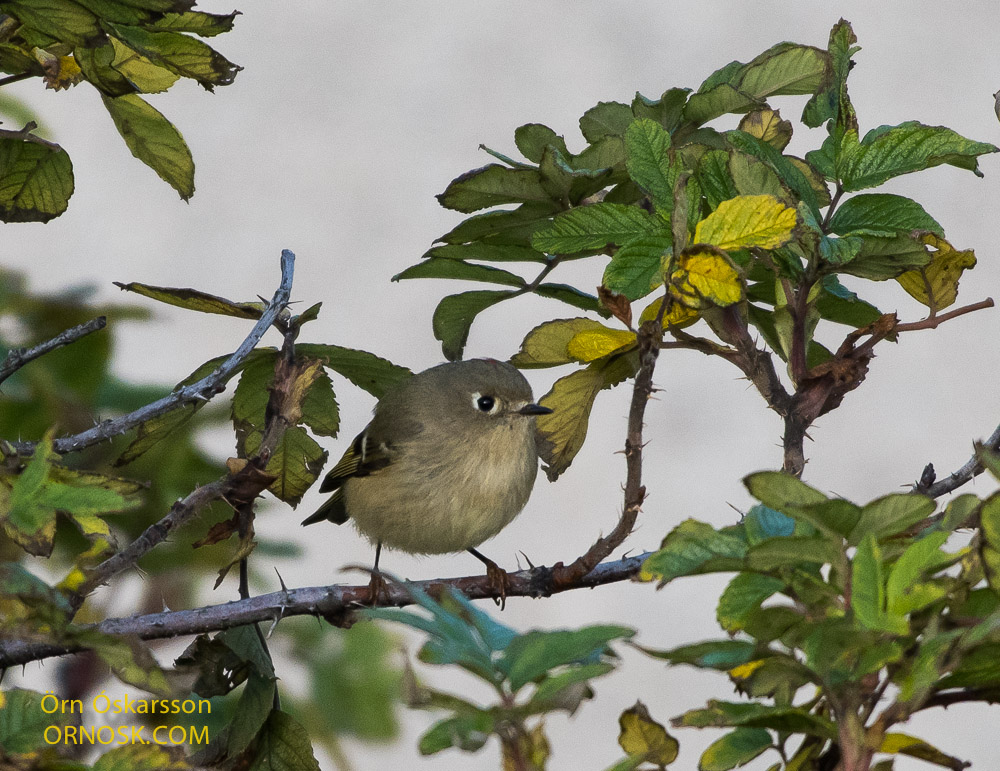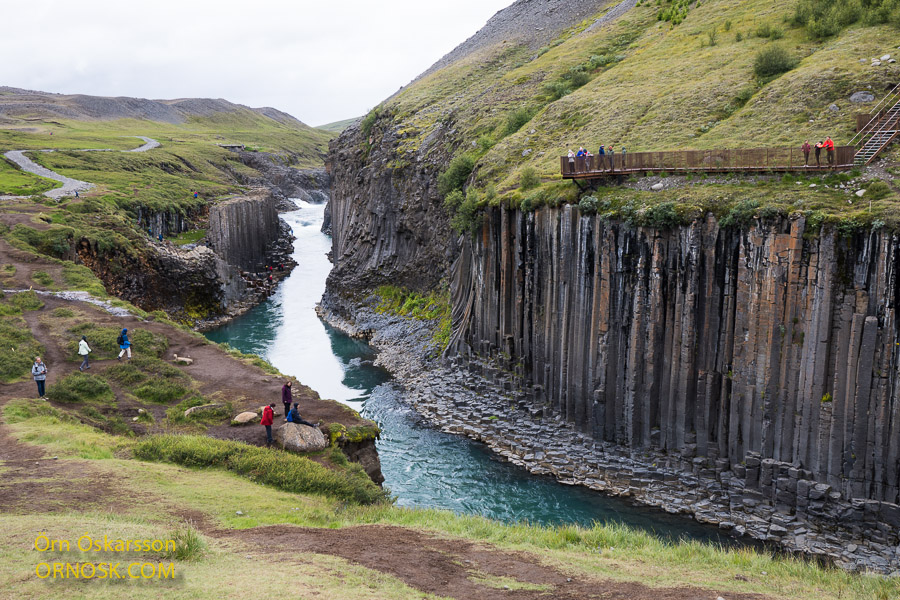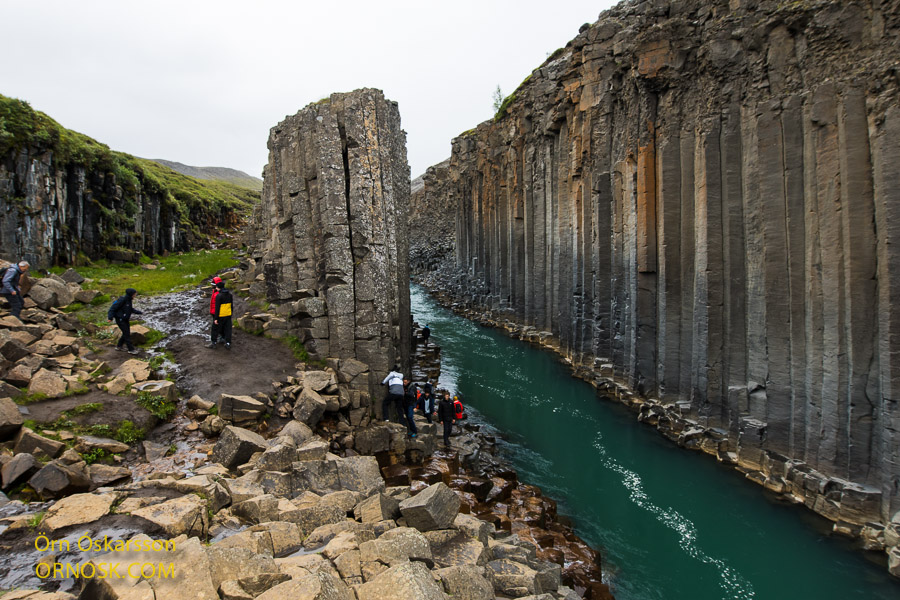December has been the coldest we can remember with temperatures going down to minus 21° C here in Selfoss. It is actually the coldest December since 1918. Most Icelanders use geothermal water to heat their houses so thankfully our houses are warm. In the last few weeks we have had several snow blizzards with road closures and flight cancellations. It has snowed so much that people have had trouble getting out of their houses. Along with this there has been a lot of COVID and influenza resulting in the hospitals being overloaded with patients. When we look at the year we are saying goodbye to we have diverse emotions. It has been a difficult year with wars and severe weathers, resulting in floods, droughts and famine. Lots of people have been subjected to the horrors of war and have had to give up their homes, jobs, education, and some even loved ones.
We hope that 2023 will be a better place to live. That we will all strive to make the Earth a more habitable place for us humans.
Wishing you all a prosperous year – and love and peace to all, Kristín and Örn























